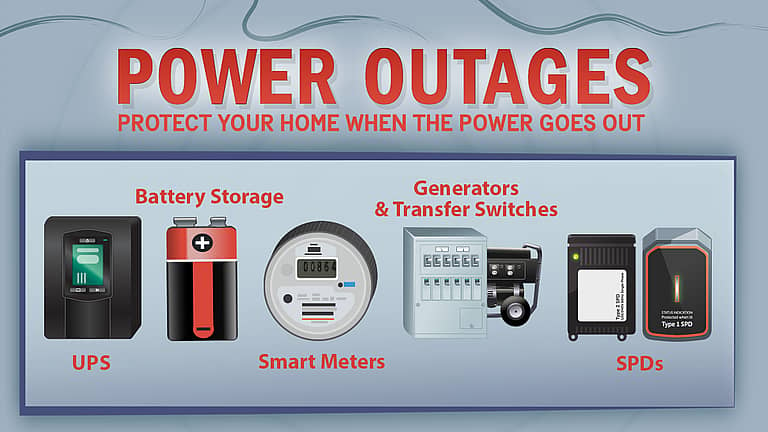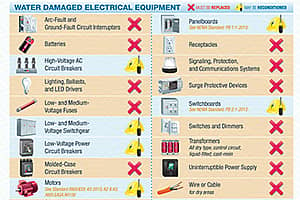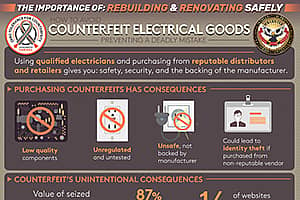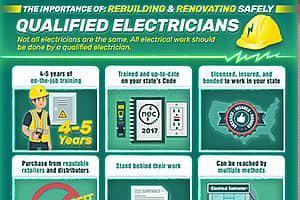
Protect Your Home When the Power Goes Out Power outages can lead to more than just your lights going out....
Protect your home and family from electrical hazards and fires.
Safe work practices are vital to everyone in your business.
New and updated storm safety resources to keep homes and businesses safe during severe weather
Curiosity is a natural part of childhood learning, but it can be extremely dangerous when it comes to electricity.
Get the latest information on National Electrical Safety Month, Fire Prevention Week and more!
Storms can be devastating to a community and the aftermath can be even more challenging. However, it is an opportunity to renovate and upgrade structures with newer electrical equipment. It may also be an opportunity to upgrade your main power source with renewable energy such as solar.




Sign up to receive our monthly newsletter to stay up to date with our new content. The newsletter features topical electrical safety materials and free-to-share resources you can use throughout your community.
"*" indicates required fields
Electrical Safety Foundation (ESFI)
1300 17th Street North, Suite 900, Arlington, Virginia 22209
Tel 703-841-3229 Fax 703-841-3329